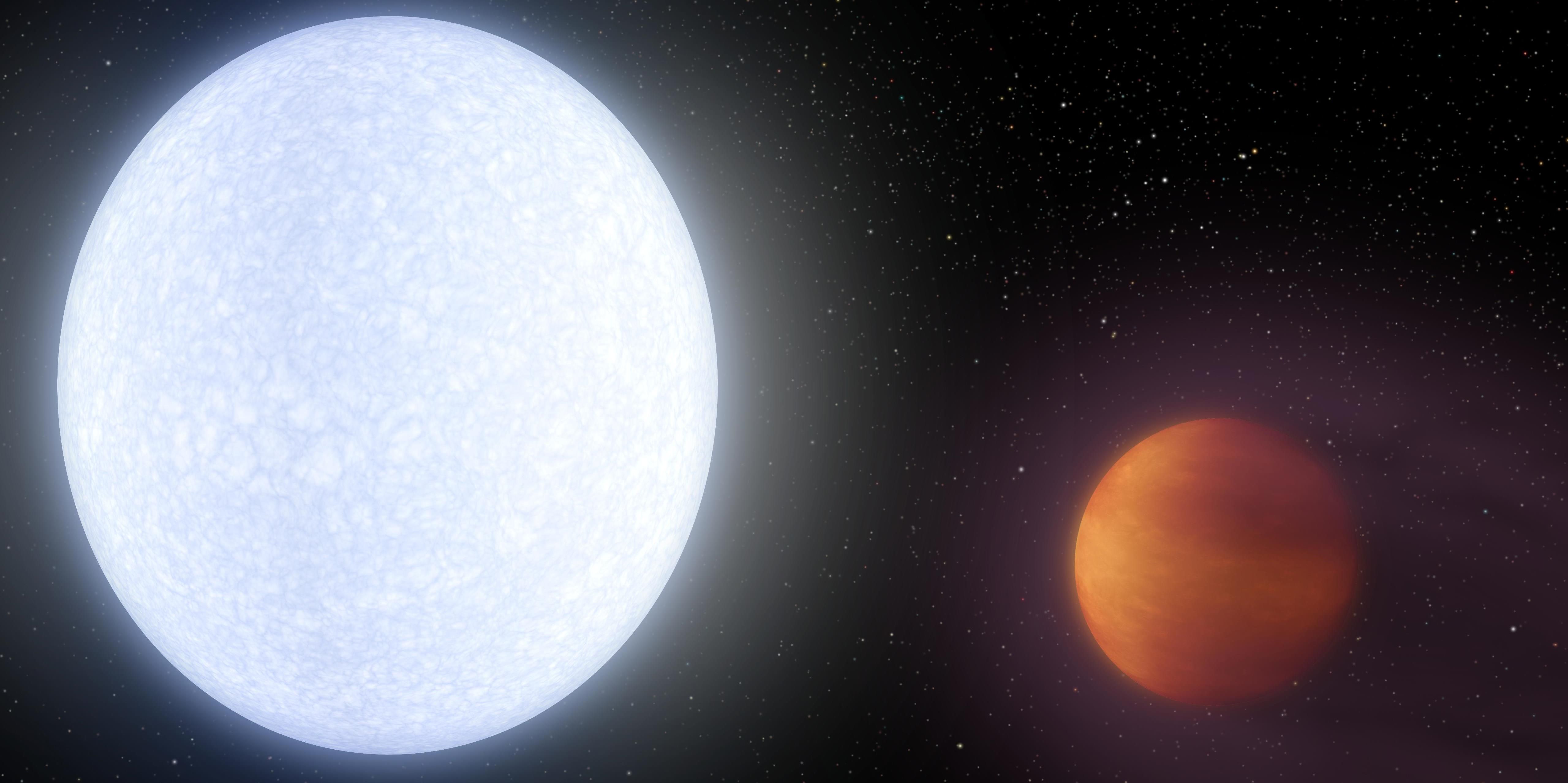The New Queen of Records : Sabalenka Smashes Serena’s World Record
At the 2025 WTA Finals, Aryna Sabalenka achieved what no woman had done in more than a decade: she broke Serena Williams’ Guinness World Record for the highest single-season prize money earned by a female tennis player. With her dominant 6-3, 6-1 victory over Italy’s Jasmine Paolini in her 500th tour-level match, Sabalenka not only started her campaign in style but also etched her name into the record books. The win, part of her outstanding season, confirmed her position as the year-end World No. 1, making her achievement even more symbolic. Sabalenka’s success represents the culmination of years of dedication, resilience, and self-belief—qualities that define champions both on and off the court.Breaking Serena’s Decade-Old RecordSerena Williams’ 2013 season has long stood as one of the most dominant in tennis history. That year, the 23-time Grand Slam champion earned $12,385,572, a record that found its way into the Guinness World Records. Serena’s performance that season, winning 11 titles including two Grand Slams, set a financial and athletic benchmark few thought could be surpassed. Fast forward to 2025, and Aryna Sabalenka has done exactly that. Before the WTA Finals began, Sabalenka’s season earnings stood at $12,313,519, just $72,054 short of Serena’s record. Her opening win in the Stefanie Graf Group guaranteed her $355,000 in prize money, officially pushing her past the previous record and into history.A Season of Consistency and DominanceSabalenka’s financial success isn’t just about money; it’s a reflection of her consistency at the highest level of tennis. The Belarusian star reached three Grand Slam finals in 2025, winning the US Open in spectacular fashion. Her win in New York, which came with a record-breaking $5 million paycheck, was the cornerstone of her incredible season. Across all surfaces, Sabalenka demonstrated remarkable adaptability, dominating on hard courts, battling fiercely on clay, and holding her own on grass. Her fearless baseline game, combined with growing mental composure, made her one of the most complete players of the modern era.The Meaning Beyond MoneyWhile breaking Serena Williams’ record is a monumental achievement, Sabalenka’s accomplishment carries a deeper meaning. It underscores the growth and commercial success of women’s tennis, where players are finally earning prize money figures closer to their male counterparts. For young athletes around the world, especially women, Sabalenka’s record is a message of empowerment—proof that persistence, discipline, and belief can break even the most legendary of records. Her achievement also highlights the changing economics of modern tennis. With increased sponsorships, media attention, and equal prize money at major tournaments, women’s tennis continues to thrive as a global spectacle. Sabalenka’s record-breaking season symbolizes not just individual brilliance but the collective rise of the sport itself.A Legacy in the MakingThe 2025 season has established Aryna Sabalenka not just as a Grand Slam champion but as a trailblazer. Her achievements reflect a new era—one where the next generation of players is beginning to rewrite records once thought unbreakable. Her blend of power and charisma has given fans a reason to believe that women’s tennis is entering another golden age. For Sabalenka, this record isn’t the finish line; it’s another milestone in a career that continues to inspire millions.A Champion Beyond NumbersIn the end, the story of Aryna Sabalenka’s record-breaking year is more than a tale of dollars and trophies. It’s about dreams realized, barriers broken, and legacies built. Like Serena before her, Sabalenka’s success is a reminder that greatness evolves; it inspires, uplifts, and redefines what’s possible. Her triumph at the WTA Finals may have rewritten the record books, but more importantly, it has written a new chapter in women’s tennis.

.jpg)
.jpg)
.jpg)
.png)


.jpg)
 (1).jpeg)
 (1).jpeg)
.jpg)
.png)
.jpeg)
 (1).jpeg)
 (1).jpeg)







